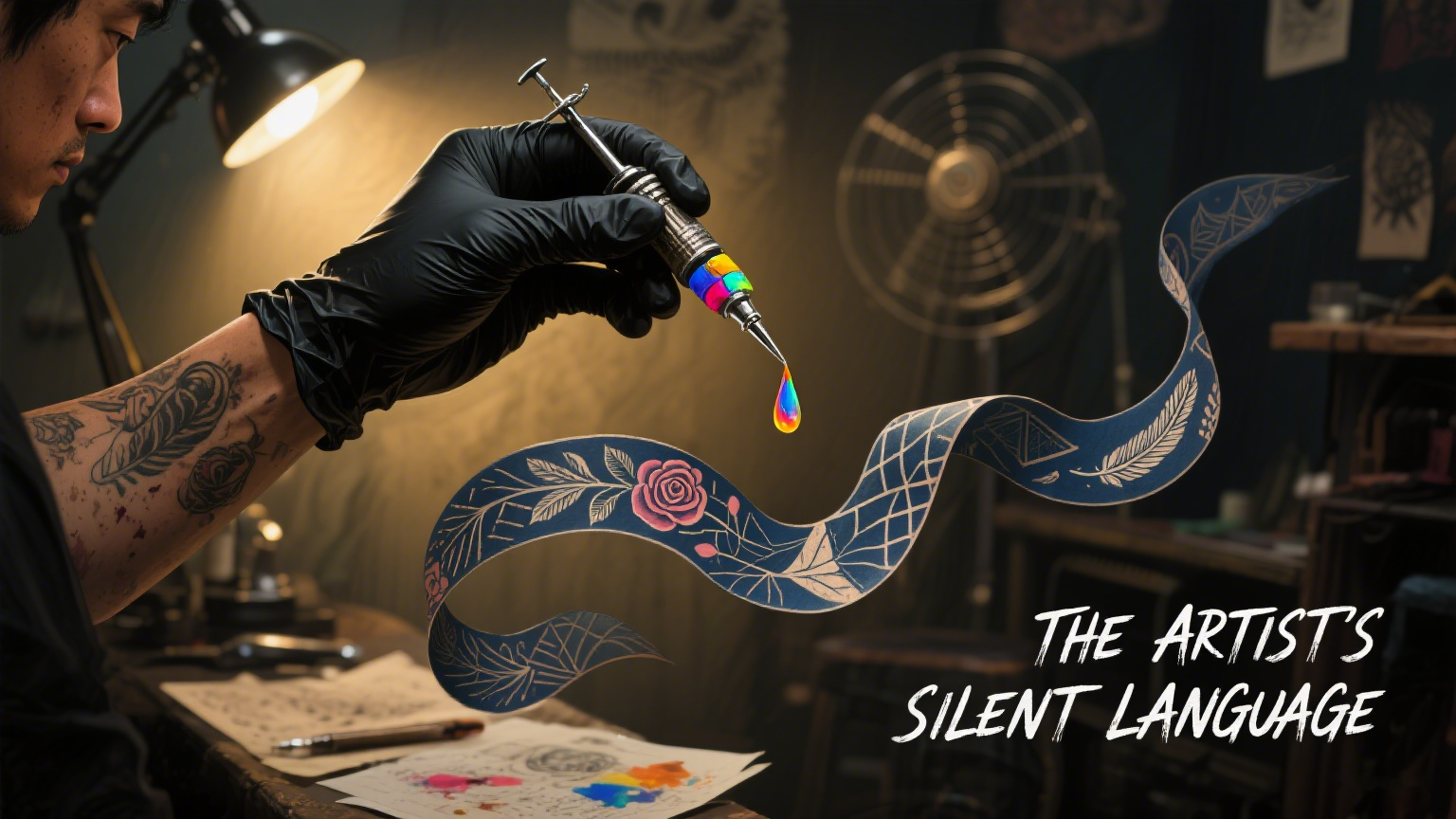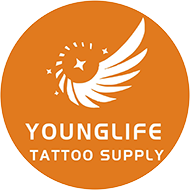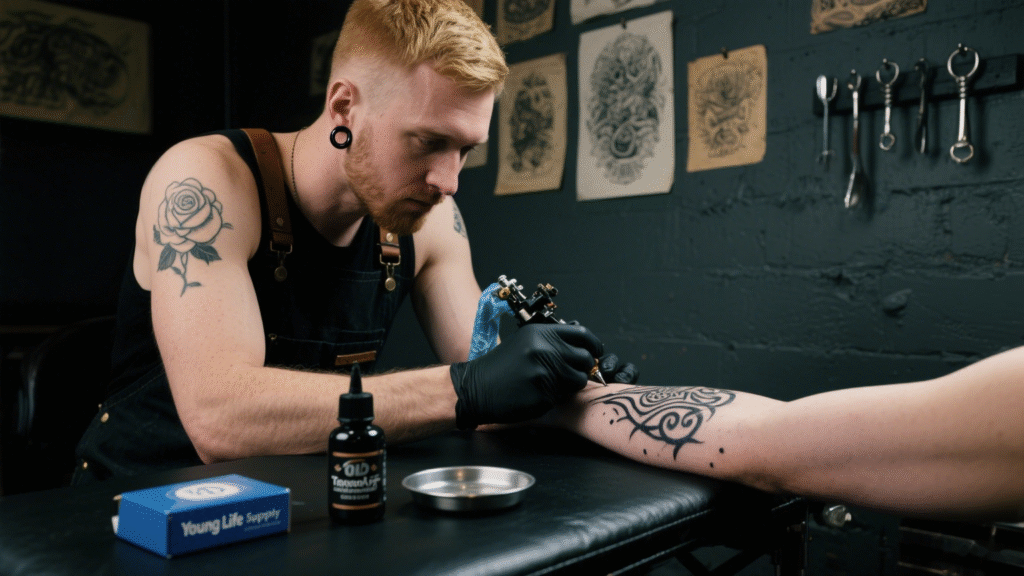Blog
The Tattoo Artist’s Silent Language: Why the Right Tools Are More Than Metal & Ink

I once watched a veteran artist, Mia, spend 20 minutes staring at a new cartridge before opening it. “It’s not just a needle,” she said, running a finger over the packaging. “It’s how I’ll tell this client’s story—clean lines for their strength, soft shading for their vulnerability. I need to trust it.”
That’s the thing no one tells you about being a tattoo artist: You’re part craftsman, part translator. Your clients hand you fragments—grief, joy, a childhood memory, a promise—and you turn them into something permanent. But to do that, you need tools that don’t just work with you, but understand you.
The “Almost” Moment: When a Tool Breaks the Spell
We’ve all been there.
A cartridge that skips mid-line, forcing you to pause and fix a wobbly curve—while the client lies there, holding their breath, wondering if you’ve lost your touch. A pigment that fades unevenly, making you question if you mixed it right, even though you’ve done it a hundred times. A grip that slips in your hand, not because you’re clumsy, but because it wasn’t designed for 8-hour sessions.
These aren’t just “technical issues.” They’re cracks in the trust you’re building. When your tool fails, it’s not just a mistake—it’s a moment where the client thinks, “Is this going to be okay?” And as artists, we carry that weight like ink on skin.
The Cartridge That Feels Like an Extension of Your Hand
Mia swears by a simple test: “If I can focus on the story, not the tool, it’s a keeper.”
A good cartridge doesn’t demand attention. It flows when you need it to—steadfast for bold outlines, gentle for delicate shading. It holds pigment evenly, so you don’t second-guess every dip. It fits your grip like it was molded to your palm, so by hour three, your wrist isn’t screaming to stop.
It’s the difference between “getting the job done” and creating something that outlasts both of you.
I saw this last month, watching a new artist, Javi, work with a set of cartridges he’d been nervous to try. Halfway through a client’s sleeve—a tribute to their late mother—he looked up, surprised. “I didn’t even think about the needle,” he said later. “I just… told the story.”
This Isn’t Just About Tools. It’s About Respect.
We don’t choose this job for the easy hours or the steady pay. We choose it because there’s no greater honor than being trusted with someone’s most sacred memories.
So when we hunt for the right cartridges, the best pigments, the tools that feel like partners—we’re not being picky. We’re honoring that trust. We’re saying, “Your story deserves my best.”
And maybe, in the end, that’s the real art: Knowing when to let the tool fade into the background, so the story can take center stage.
To my fellow artists: What’s one tool that changed how you work? Drop it in the comments—let’s build a list of the unsung heroes that help us tell better stories.
P.S. For cartridges that let you focus on the art, not the hassle—check out www.younglifetattoosupply.com. Designed by artists, for the stories that need to be told.

